Results
-
 £53.95
£53.95Sousa - The Marching King (Concert Band - Score and Parts) - Sousa, John Philip - Clark, Larry
Four of the 'big ones' are here: El Capitan, High School Cadets, The Thunderer, and of course, Stars and Stripes Forever. Audiences love marches, particularly those that everybody knows! You will appreciate Larry Clark's arrangement; he has reduced the difficulty level but left plenty of Sousa to suit just about anyone. There is no way more enjoyable to close that all-important spring concert. Duration: 3.30
Estimated dispatch 7-14 working days
-
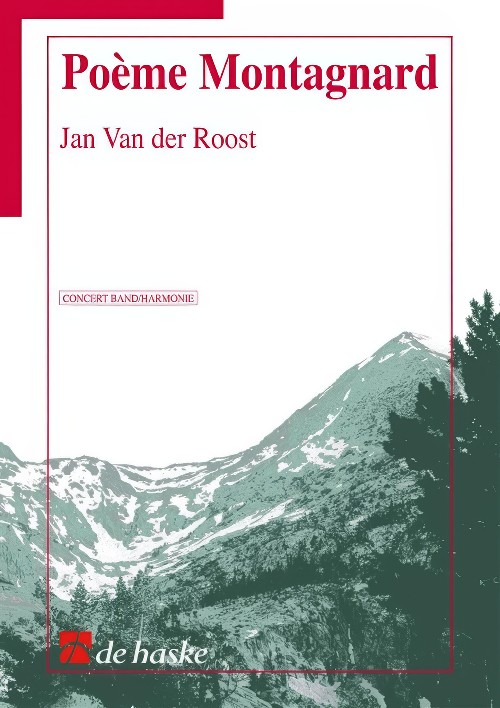 £264.99
£264.99Poeme Montagnard (Concert Band - Score and Parts) - Van der Roost, Jan
Jan Van der Roost received the commission for this work from the Orchestre d'Harmonie du Val d'Aoste and dedicated the composition to Lino Blanchod, the conductor of the orchestra. The first performance was on 26th January 1997 by the orchestra itself and under the direction of the composer. This extensive symphonic poem depicts the atmosphere and history of the autonomous French speaking region Val d'Aoste in northern Italy, and is meant as a musical homage to the historical figure Catherine de Challant. The opening of this piece describes the rugged nature of this region dominated by Mont Blanc, the roof of Europe. A brief, combative passage conjures up the numerous wars fought here through the ages, later expanding into a surprising 'Renaissance Dance' with an original and fitting recorder quartet. A broad, lyrical theme portrays the love that has always played an important role here. After recapturing several of the earlier themes, the piece closes with the renaissance dance, this time played by the brass. A spectacular finale brings this symphonic poem to a close.Duration: 18:30
Estimated dispatch 7-14 working days
-
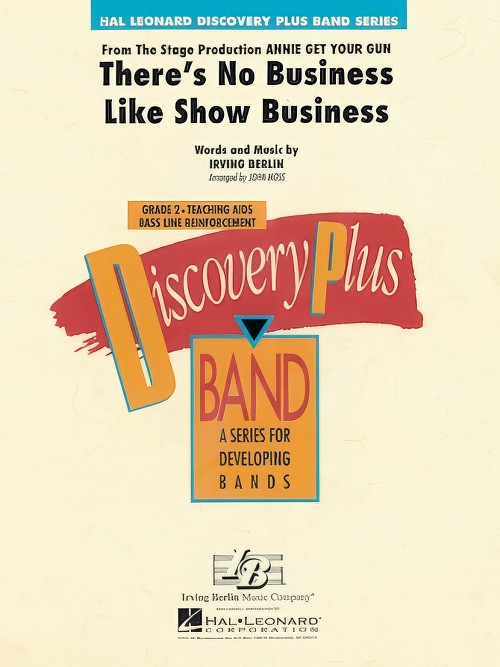 £53.50
£53.50There's No Business Like Show Business (Concert Band - Score and Parts) - Berlin, Irving - Moss, John
There's no better way to open or close a pops concert than with this Irving Berlin classic. John Moss has given it a face lift with this edition that teaches your young players that 'show-biz'style.
Estimated dispatch 7-14 working days
-
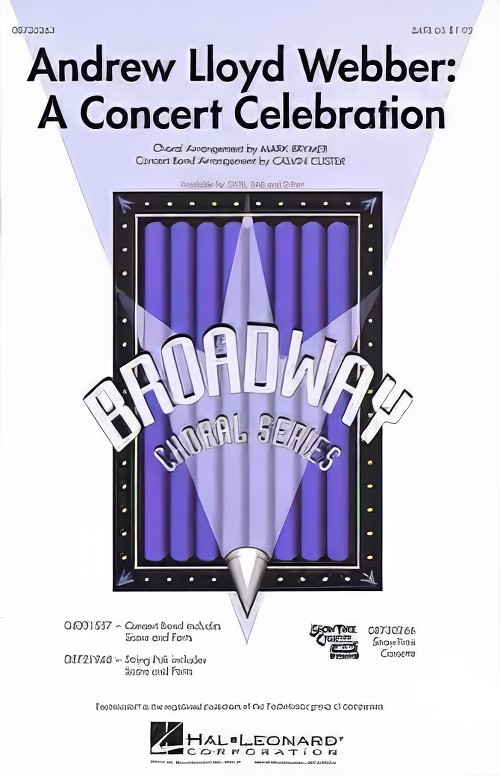 £3.50
£3.50Andrew Lloyd Webber: A Concert Celebration (2 Part Choral Octavo) - Lloyd Webber, Andrew - Brymer, Mark
The music of Andrew Lloyd Webber continues to dominate the entertainment scene and is now available in this spectacular medley for band, choir, and strings. What better way to close a concert with the combined ensembles! Includes: The Phantom of the Opera, Music of the Night, Don't Cry for Me Argentina, Superstar, King Herod's Song, Memory and Go Go Go Joseph.
Estimated dispatch 7-14 working days
-
 £3.75
£3.75Andrew Lloyd Webber: A Concert Celebration (SAB Choral Octavo) - Lloyd Webber, Andrew - Brymer, Mark
The music of Andrew Lloyd Webber continues to dominate the entertainment scene and is now available in this spectacular medley for band, choir, and strings. What better way to close a concert with the combined ensembles! Includes: The Phantom of the Opera, Music of the Night, Don't Cry for Me Argentina, Superstar, King Herod's Song, Memory and Go Go Go Joseph.
Estimated dispatch 7-14 working days
-
 £2.99
£2.99Andrew Lloyd Webber: A Concert Celebration (SATB Choral Octavo) - Lloyd Webber, Andrew - Brymer, Mark
The music of Andrew Lloyd Webber continues to dominate the entertainment scene and is now available in this spectacular medley for band, choir, and strings. What better way to close a concert with the combined ensembles! Includes: The Phantom of the Opera, Music of the Night, Don't Cry for Me Argentina, Superstar, King Herod's Song, Memory and Go Go Go Joseph.
Estimated dispatch 7-14 working days
-
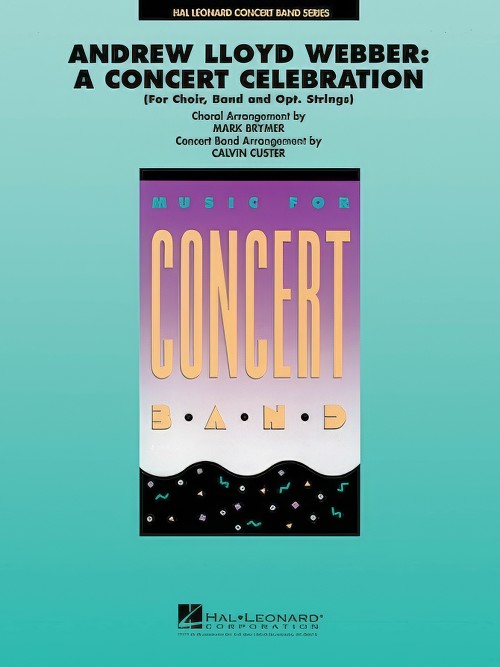 £76.99
£76.99Andrew Lloyd Webber: A Concert Celebration (Concert Band - Score and Parts) - Lloyd Webber, Andrew - Custer, Calvin
The music of Andrew Lloyd Webber continues to dominate the entertainment scene and is now available in this spectacular medley for band, choir, and strings. What better way to close a concert with the combined ensembles! Includes: The Phantom of the Opera, Music of the Night, Don't Cry for Me Argentina, Superstar, King Herod's Song, Memory and Go Go Go Joseph.
Estimated dispatch 7-14 working days
-
 £164.95
£164.95Sinfonietta No.2 (Concert Band - Score and Parts) - Sparke, Philip
Commissioned by the National Youth Orchestra of Great Britain and first performed by them on 6th August 1992.1. Overture: VivaceA bustling opening movement in sonata form. After an introduction in which a syncopated theme is tossed around the band, the first subject proper gives way to a more legato second theme. A scherzando bridge passage leads to the recapitulation.2. Serenade: Lento ExpressivoA short introduction leads to a sonorous theme from the middle of the band. A slightly more rhythmic central 5/8 section leads to a short cadenza-like duet for two alto saxes which reintroduces the opening of the movement.3. Finale: Molto VivaceA fast and furious finale which fails to settle long enough for a real theme to develop as motivic ideas are thrown from player to player. Eventually a violently syncopated tune emerges from the middle of the band but this is interrupted by a reflective interlude. In time the faster music returns and the movement hurtles to a close.Duration: 16.10Recorded on QPRM124D MIGHTY VOICE, Great British Music for Wind Band Vol.3
Estimated dispatch 7-14 working days
-
 £32.95
£32.95Sinfonietta No.2 (Concert Band - Score only) - Sparke, Philip
Commissioned by the National Youth Orchestra of Great Britain and first performed by them on 6th August 1992.1. Overture: VivaceA bustling opening movement in sonata form. After an introduction in which a syncopated theme is tossed around the band, the first subject proper gives way to a more legato second theme. A scherzando bridge passage leads to the recapitulation.2. Serenade: Lento ExpressivoA short introduction leads to a sonorous theme from the middle of the band. A slightly more rhythmic central 5/8 section leads to a short cadenza-like duet for two alto saxes which reintroduces the opening of the movement.3. Finale: Molto VivaceA fast and furious finale which fails to settle long enough for a real theme to develop as motivic ideas are thrown from player to player. Eventually a violently syncopated tune emerges from the middle of the band but this is interrupted by a reflective interlude. In time the faster music returns and the movement hurtles to a close.Duration: 16.10Recorded on QPRM124D MIGHTY VOICE, Great British Music for Wind Band Vol.3
Estimated dispatch 7-14 working days
-
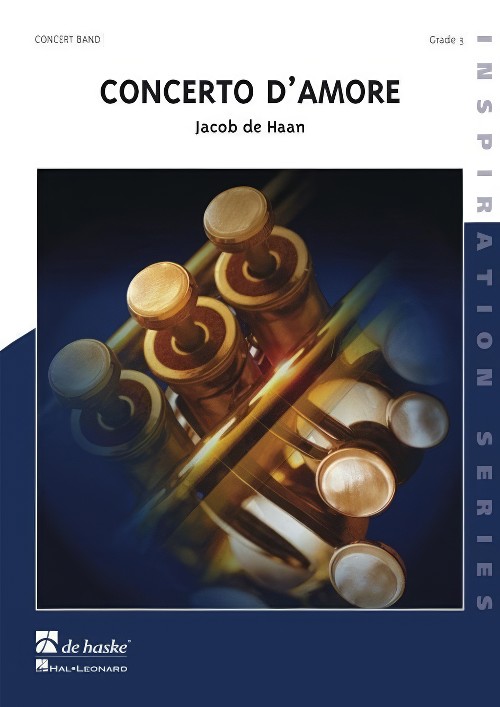 £139.99
£139.99Concerto d'Amore (Concert Band - Score and Parts) - De Haan, Jacob
In Concerto d'Amore, a maestoso opening is followed by a quick and energetic movement that leads to a magnificent adagio. A motif from this adagio can be heard in a swinging movement, after which the piece comes to a close with the return of the adagio. This arrangement for concert band certainly brings this beautiful music to life.Duration: 7:19
Estimated dispatch 7-14 working days
